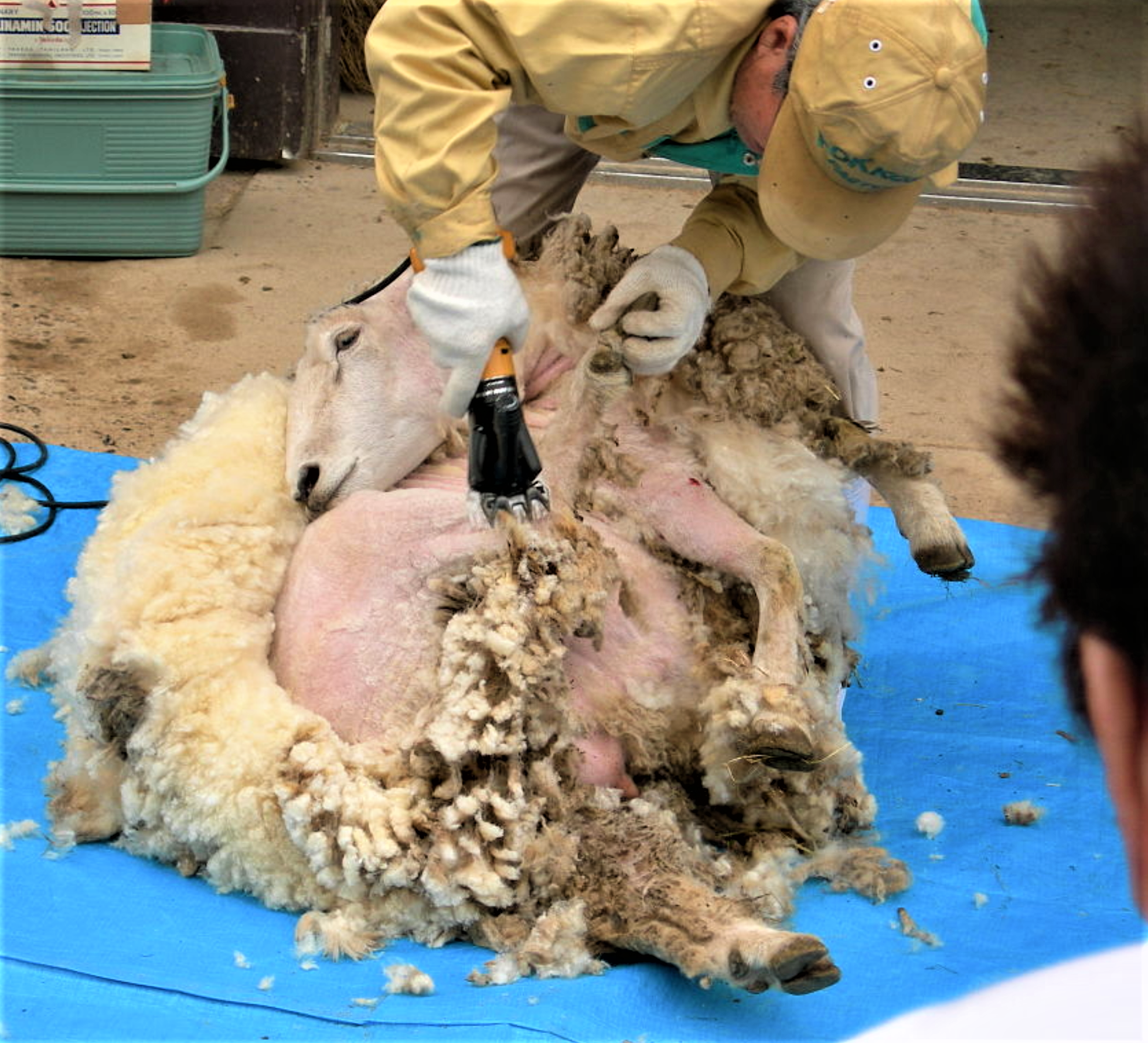While public awareness of the meat industry’s negative impacts on the environment is growing quickly, the ecological impacts of animal products used for fashion are less well-known. Wool in particular is perceived by 87% of consumers as safe for the environment. It’s often marketed as “sustainable”, “natural” and “biodegradable” but in an analysis by Collective Fashion Justice of 50 top brands using “sustainability” claims to market their wool products, only 28% backed them up with any evidence.
A new study from the Center for Biological Diversity lays out the sustainability concerns associated with commercial wool production – from sheep rearing, wool processing, to the waste produced from processing and discarded wool clothing.
“The industry has been pulling the wool over our eyes for decades, claiming that wool is a sustainable fiber,” said Stephanie Feldstein, population and sustainability director at the Center for Biological Diversity and co-author of the report. “Wool clothing comes with a heavy price tag of greenhouse gas emissions, land use, biodiversity loss and pollution. Nothing about wool is sustainable.”
According to one sustainability scoring system (the Higg Material Sustainability Index), the climate cost of sheep’s wool is, on average, more than 5x higher than conventional cotton and 3x higher than acrylic.
Land, Water Use and Degradation, and Biodiversity Loss
In Australia, 367x more land is needed to produce a bale of wool compared with a bale of cotton. Land clearing and deforestation, and grazing, contribute to land degradation including soil erosion and desertification. Livestock producers often argue that grazing pasture is marginal land and not fit for cultivation and crops. While this is often true, it ignores greener options e.g., paying livestock producers to convert some of their pastureland for reforestation or re-wilding which can act as carbon sinks and help preserve biodiversity.
Also, to supplement grazing, sheep consume conventional animal feed crops, which rely heavily on pesticides. Pesticide runoff harms water quality, as does manure runoff.
Sheep are non-native species in Australia and the US, so grazing and associated land degradation put native wildlife at risk. In Australia, koalas and native bird species are especially threatened by land clearing and in the US, species such as bighorn sheep and grizzly bears are at risk.
Energy Use and Pollution
As wool is processed, ‘scouring’ – which uses significant water and energy – is used to clean the 35-60% of freshly shorn wool contaminated with impurities such as lanolin, dirt, dust, feces and pesticides. And strong detergents are used to cut grease.
Photo: Wikimedia Commons
Wool is then submerged in a concentrated sulphuric acid solution and baked dry. Typically, it is brightened with bleach and insect-resistant and moth-proofing chemicals are added.
The amount of liquid pollution produced at a typical wool scour facility is similar to the amount of sewage waste produced by a town of 30,000 people. The effluent does not biodegrade easily and only 30% of it is treated before being released, eventually ending up in waterways.
Increasingly, wool is funneled into the fast fashion market, where it is typically woven into clothing with plastic-based synthetic fibers. Super-washed wool is also often used in fast fashion, where wool is coated in plastic resin to make it machine washable. Once blended with synthetics, super-washed wool is no longer biodegradable.
The wool industry is actually in decline and the report describes the market opportunities for innovative materials free from both animal and plastic-based fibres e.g., plant-based or lab-grown, as opposed to wool or synthetics which rely on fossil fuels and contribute to microplastic pollution.
For consumers concerned about animal and/or environmental health, the advice is: buy new as little as possible; wear it a lot; care for it well; and buy used.


